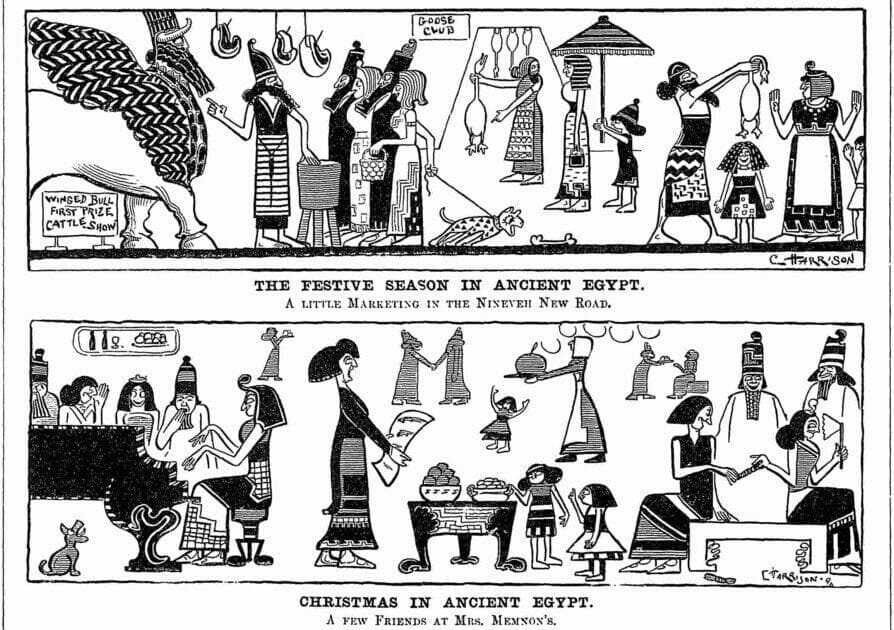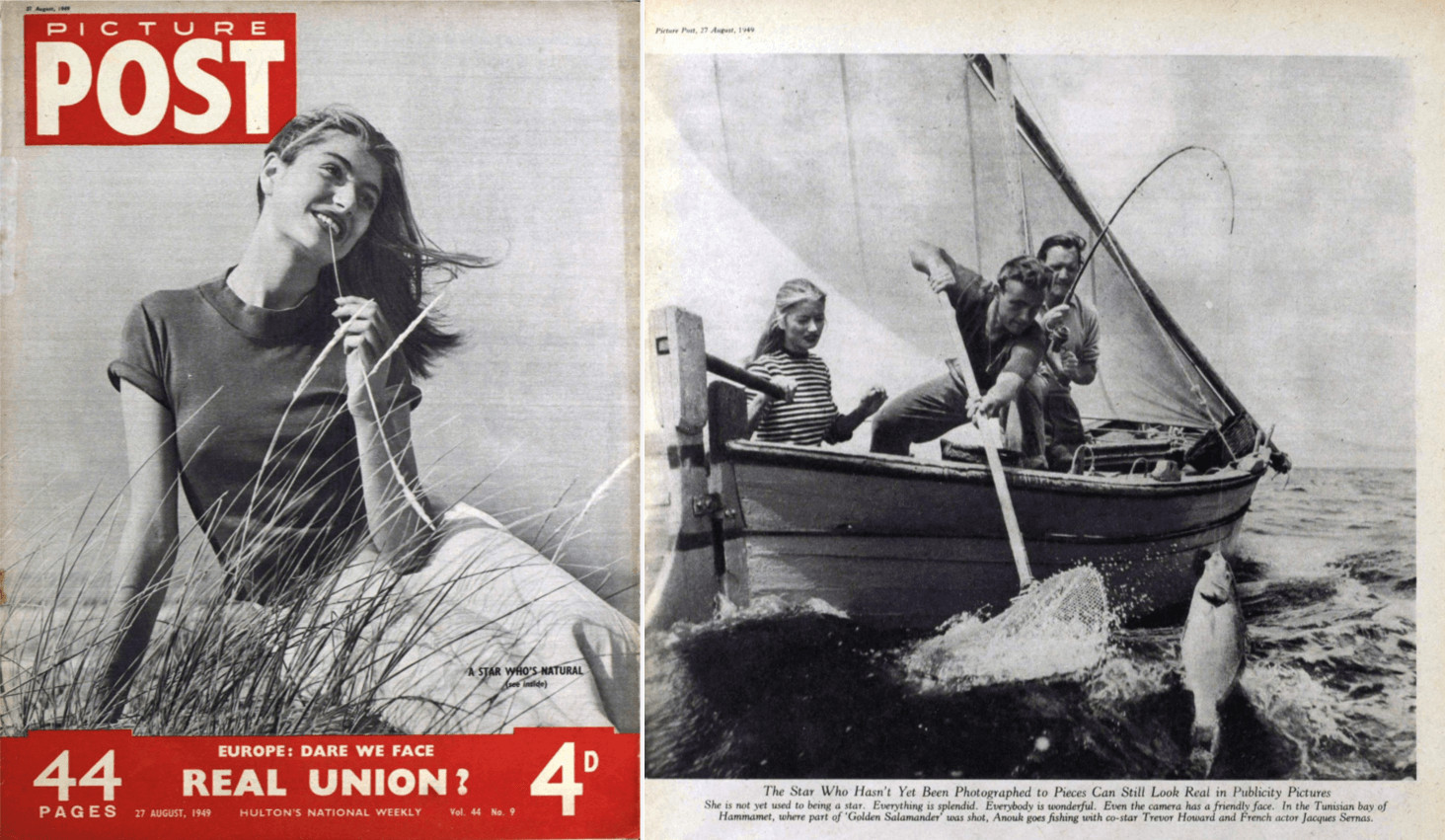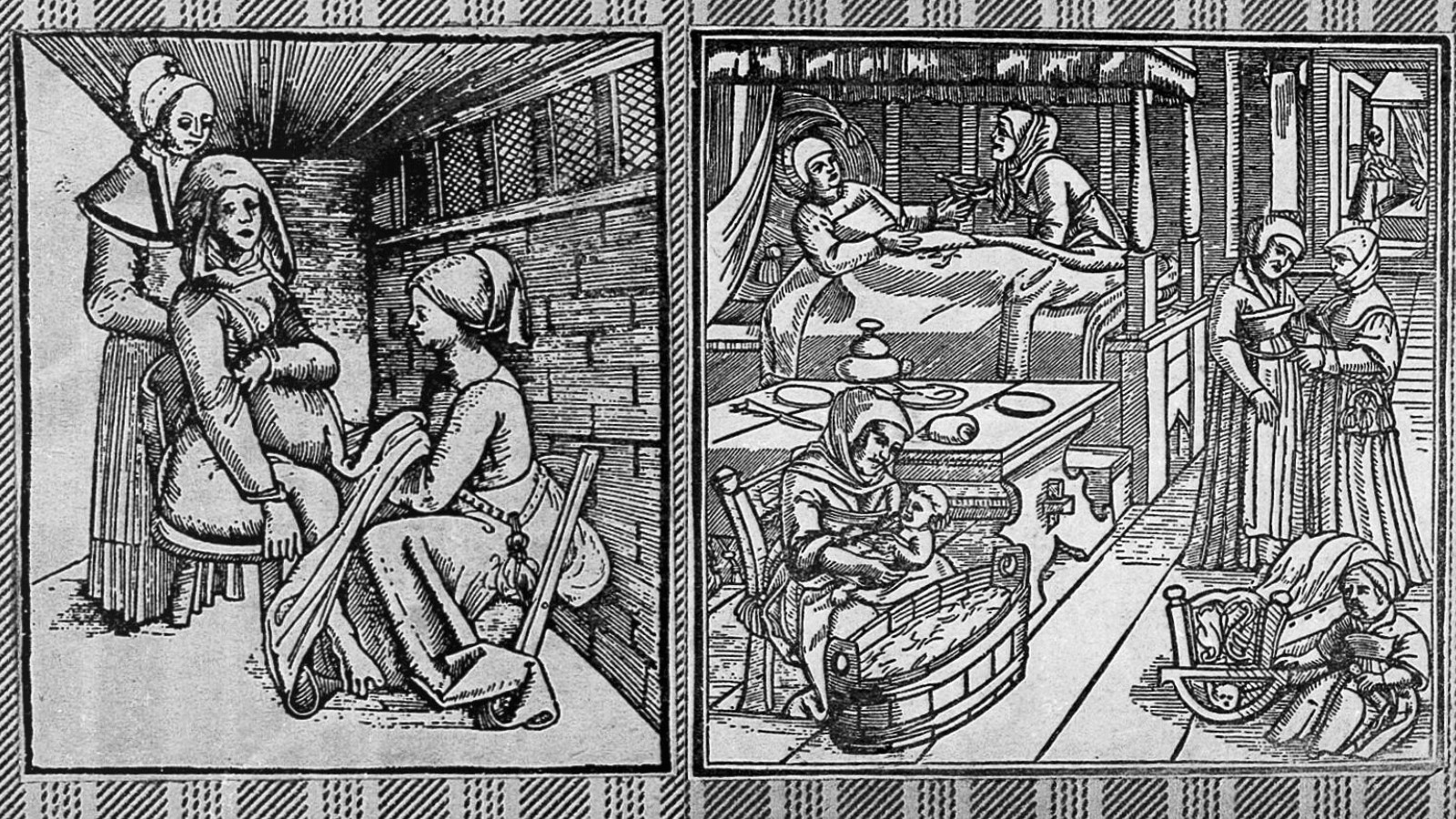│By Tamar Atkinson, Gale Ambassador at the University of Liverpool│
The nineteenth century is generally considered to be the period when Egyptology started to develop as an academic discipline, with key moments occurring during this century, such as Jean-François Champollion deciphering hieroglyphs in 1822 (200 years ago this year!). In correlation, we see a great increase in the popularity and depiction of Ancient Egypt in society as a whole, and what has come to be described as Egyptomania (a great enthusiasm for Egypt within popular cultural consciousness). Consequently, it is no surprise that we see this fascination with Ancient Egypt reflected in primary source documents from the time, as is evident in the visualisation below which charts the frequency of use of the term ‘Ancient Egypt’ in documents from Gale’s Nineteenth Century Collection Online.




